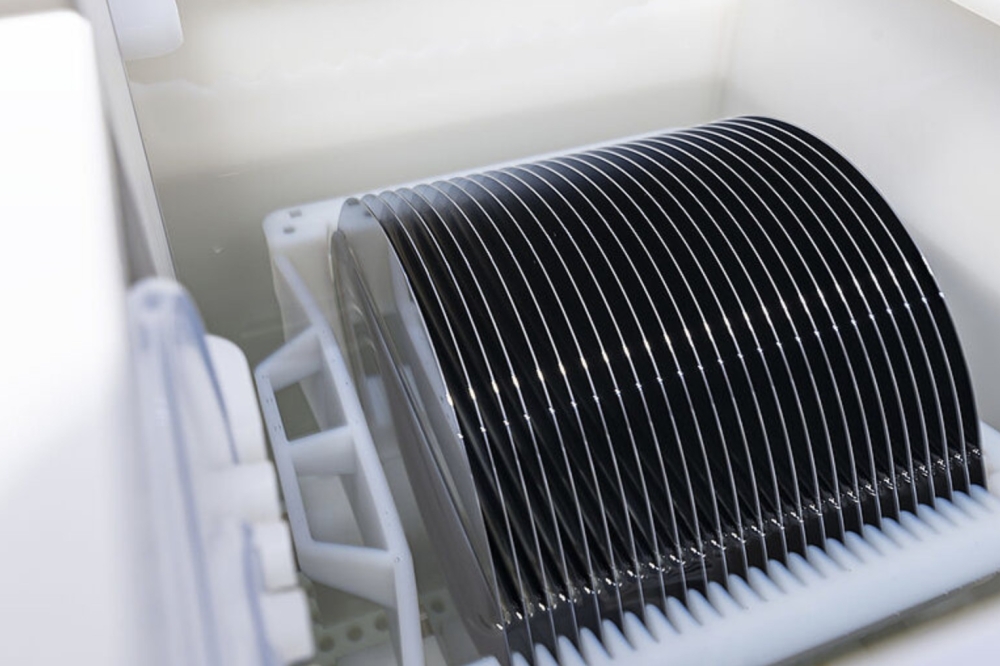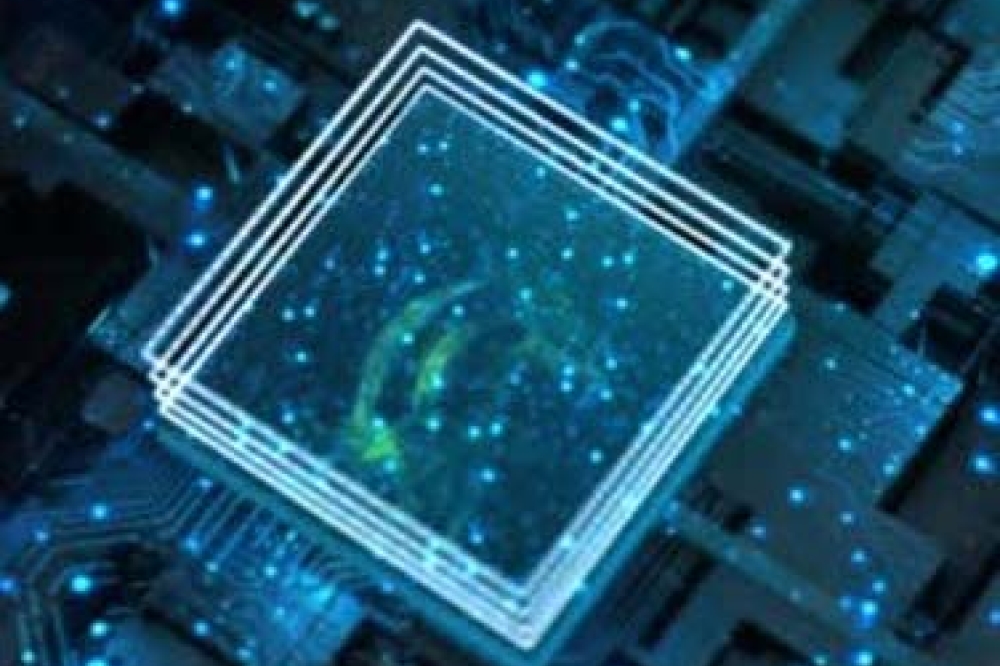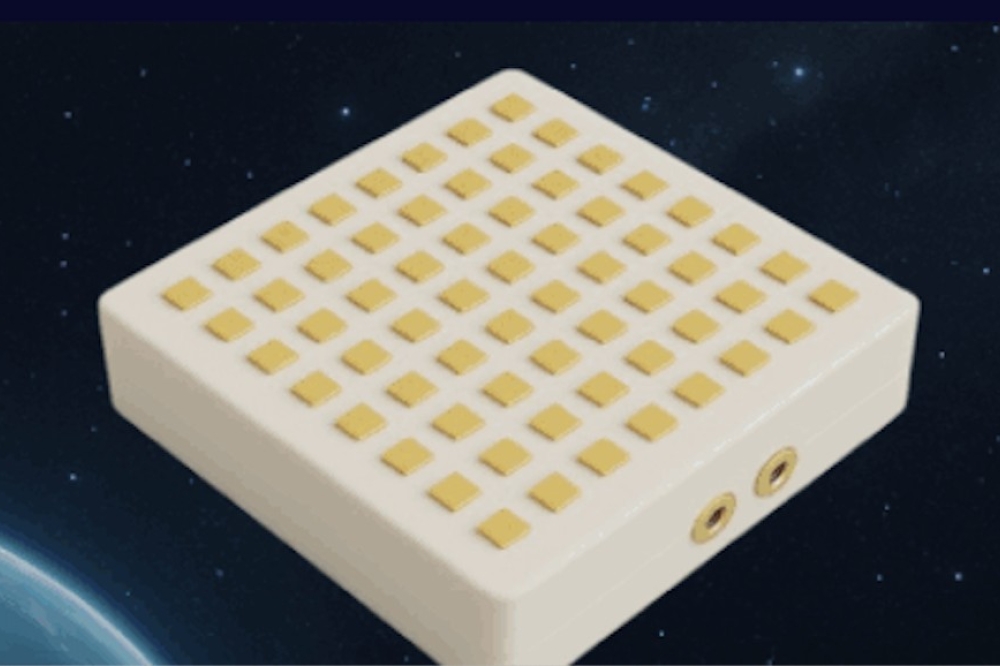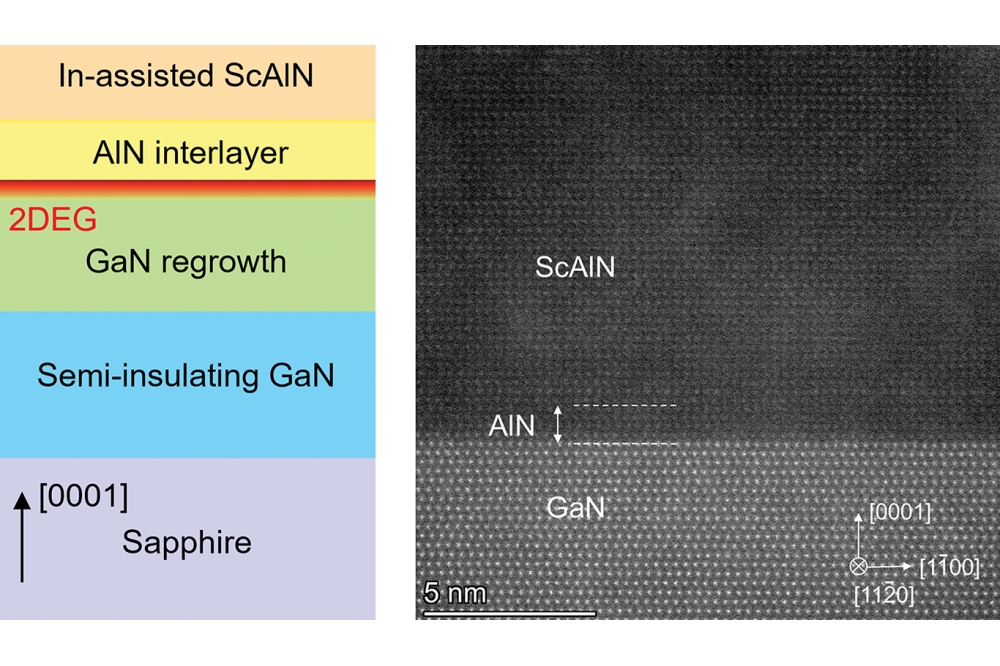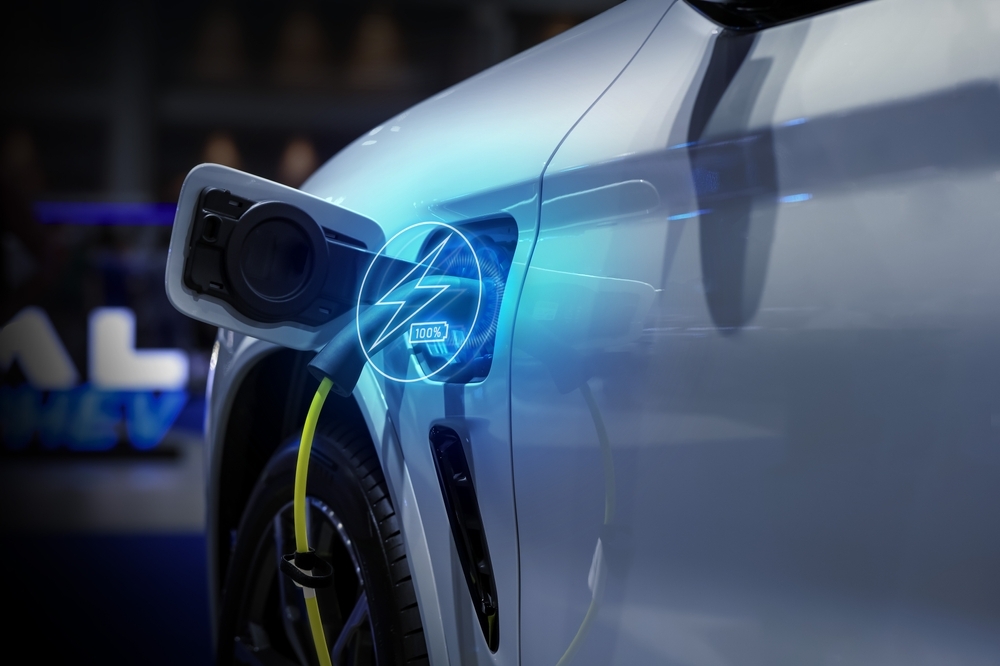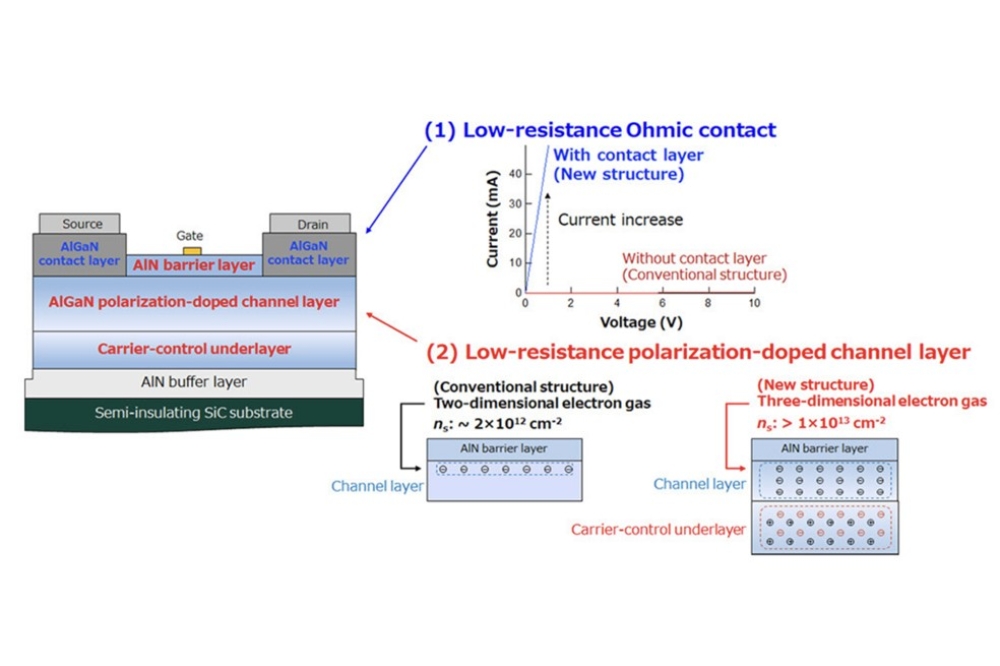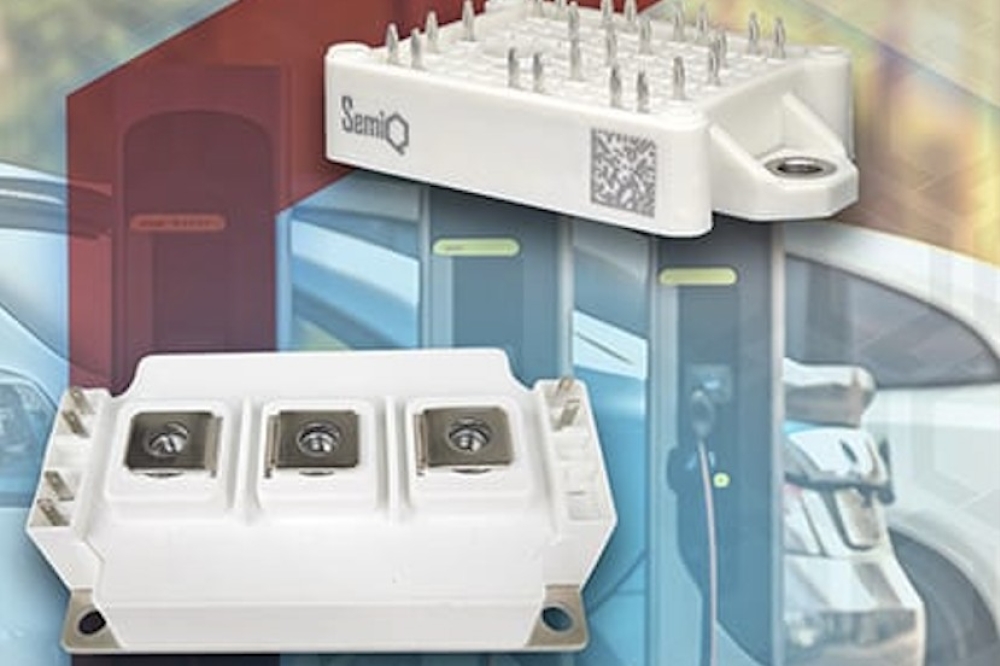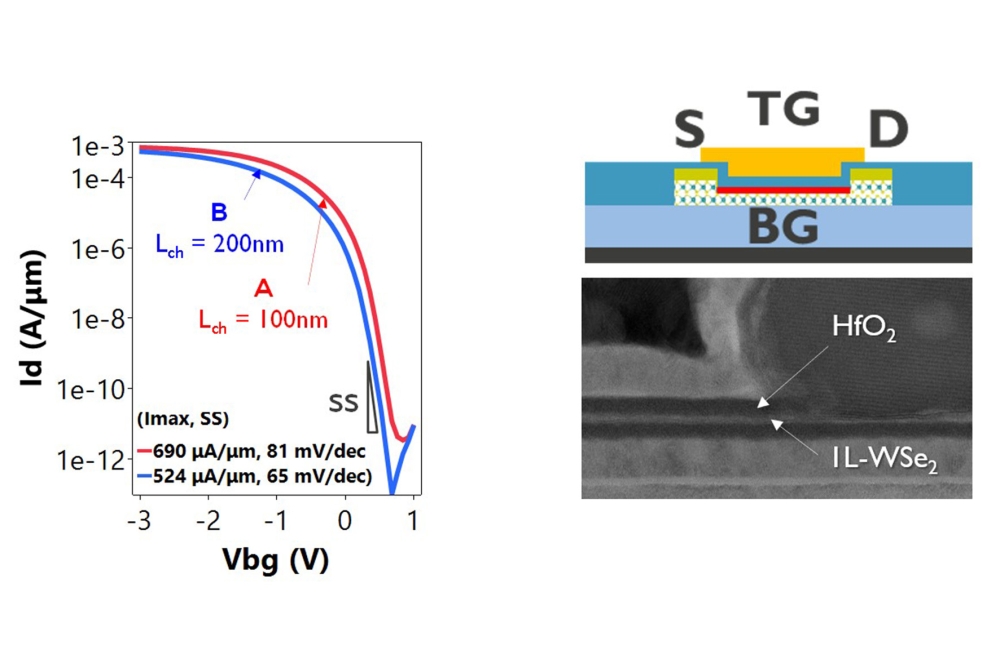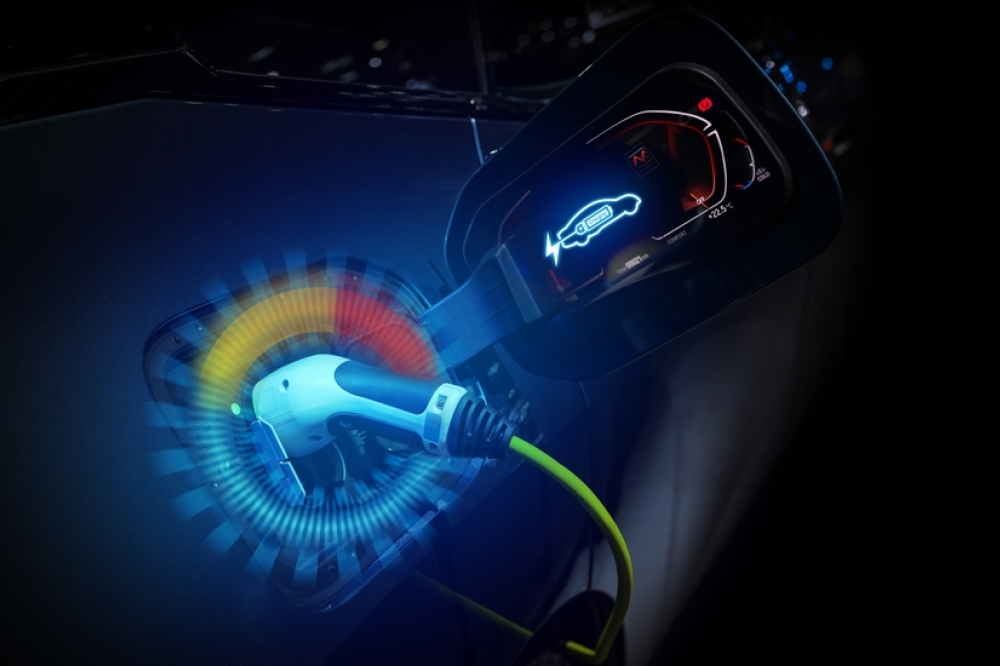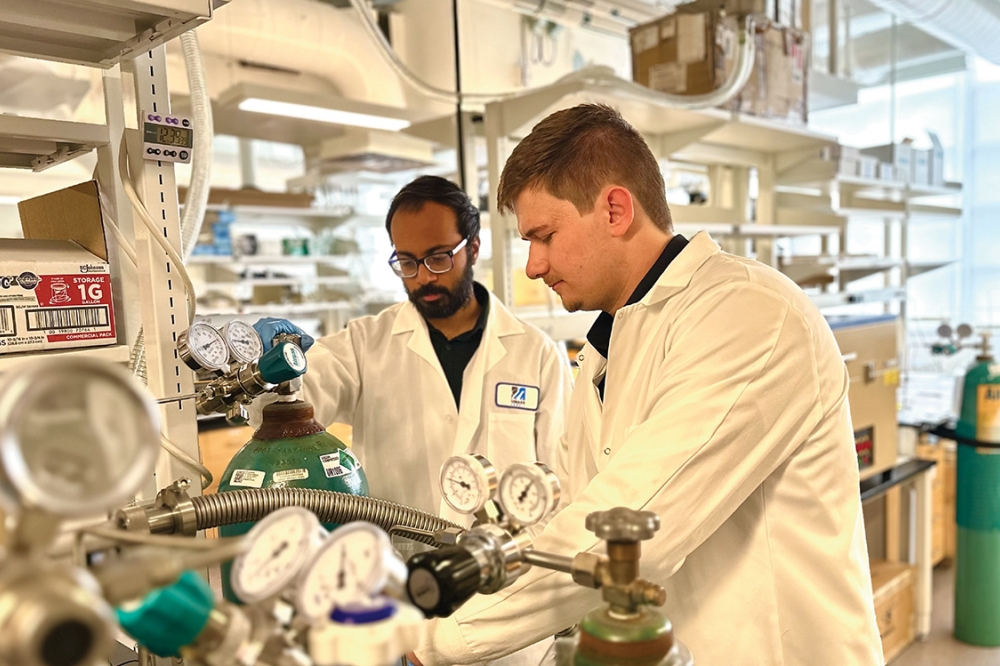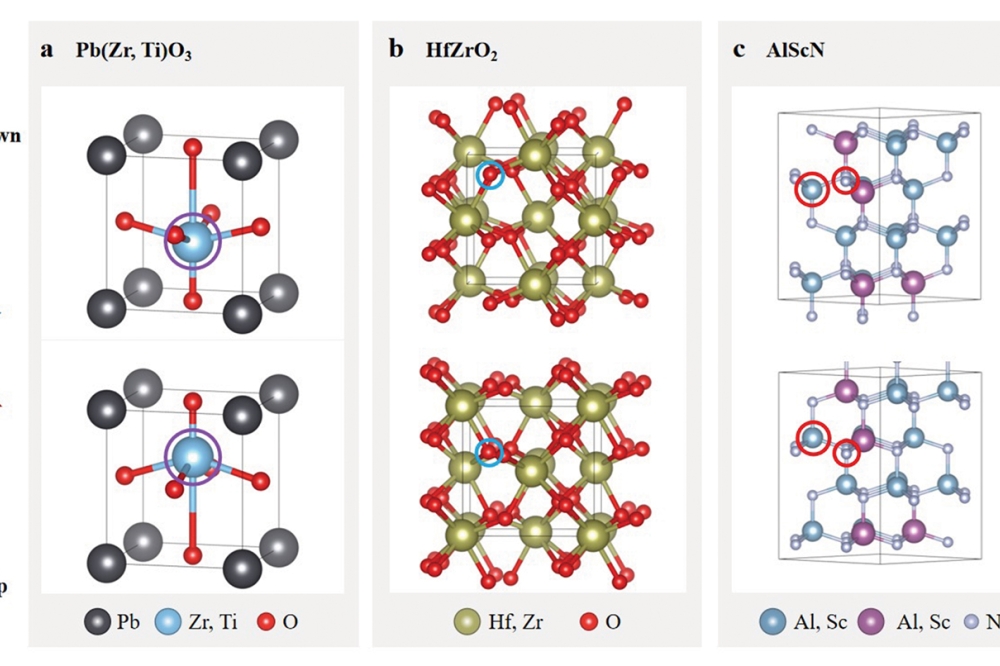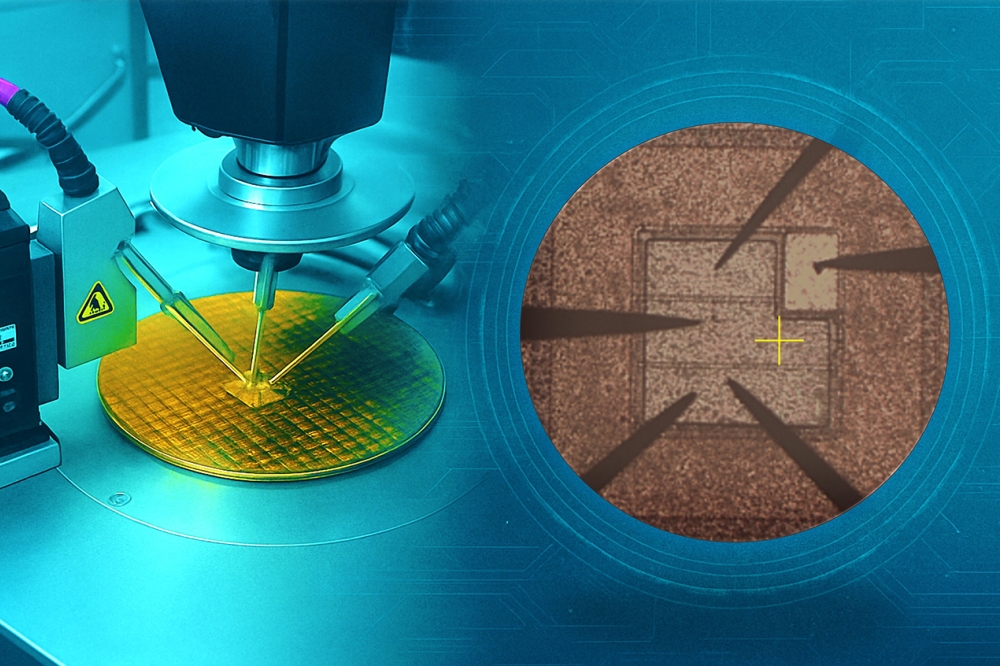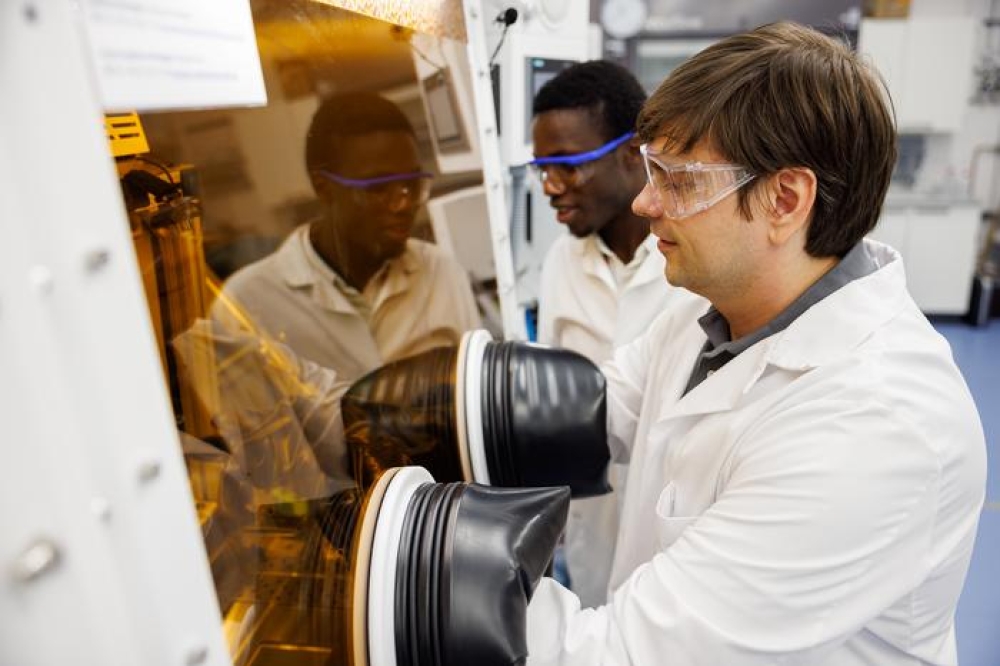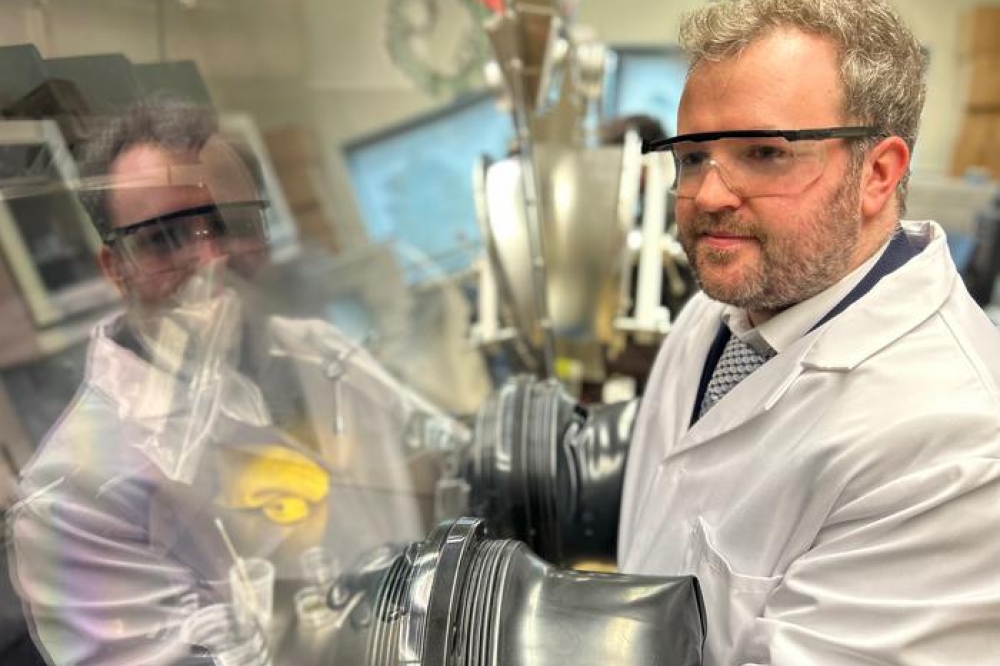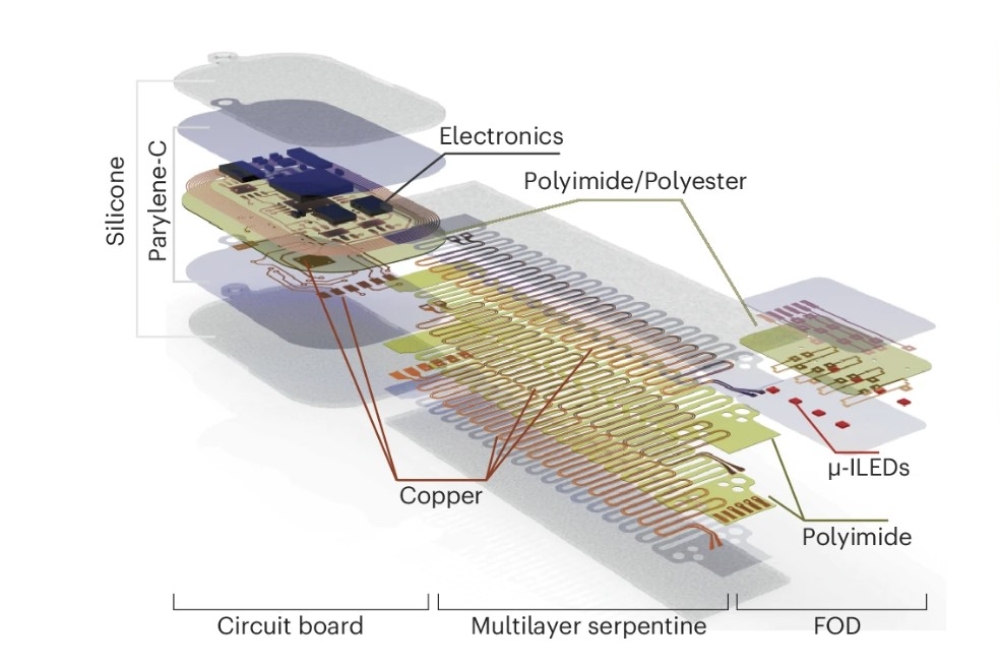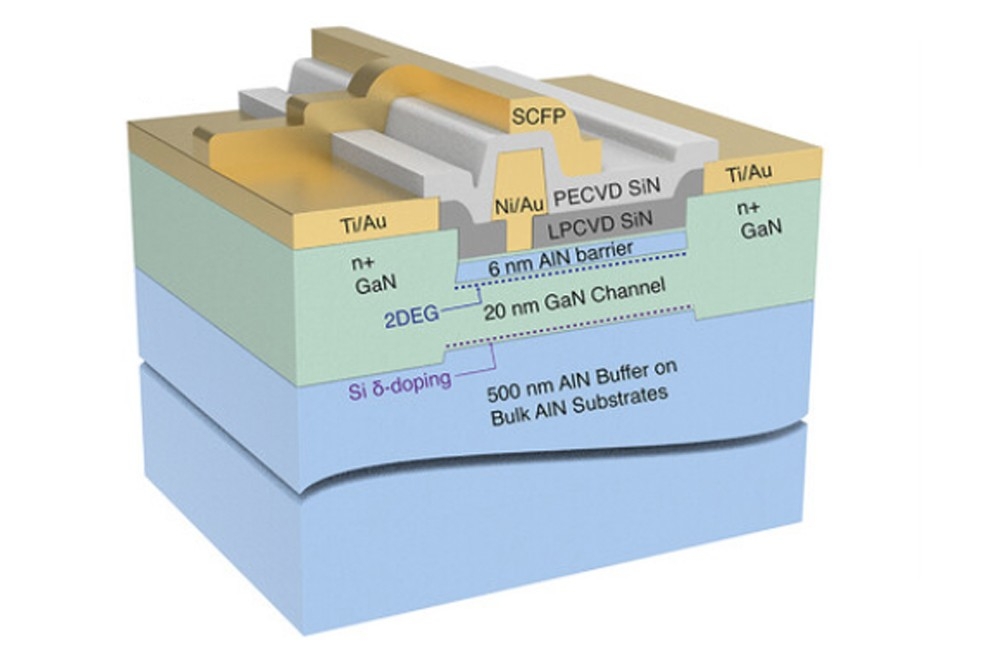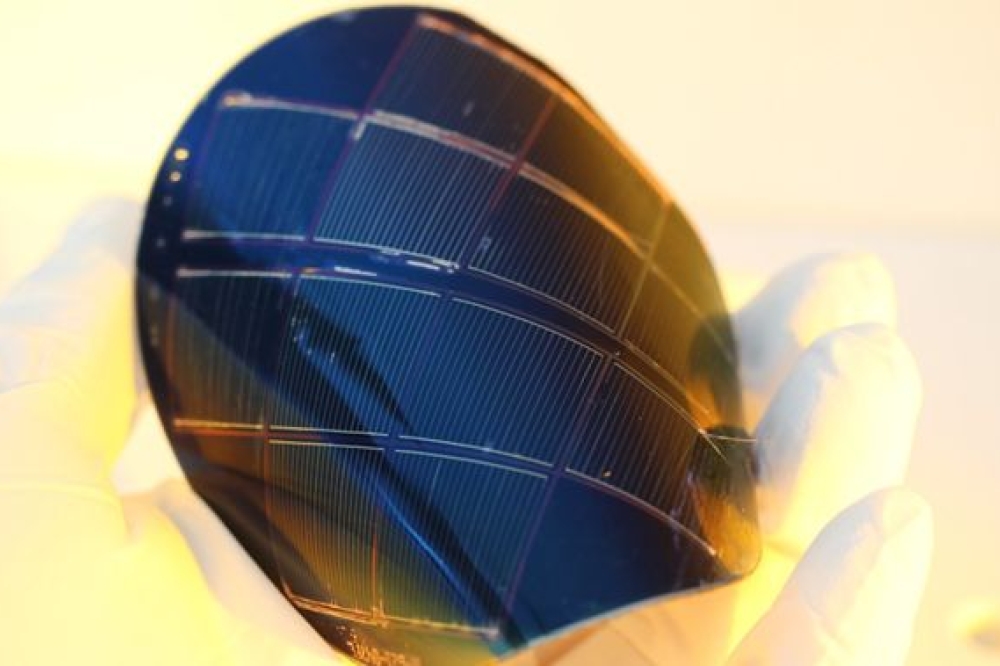Canadian team develops novel energy harvesting device

Perovskite-based energy generator could charge phone using body movements
Researchers at the University of Waterloo in Canada have developed a tiny, wearable piezoelectric generator based on perovskites that can generate electricity from vibrations or even small body movements.
They says the technology could charge your laptop by typing or power your smartphone’s battery on your morning run.
The paper, 'Breaking Dielectric Dilemma: Polymer Functionalised Perovskite Piezocomposite with Large Current Density Output' appears in the November edition of Nature Communications.
“This is a real game changer,” said Asif Khan, the project’s lead researcher and a postdoctoral fellow in the Department of Electrical and Computer Engineering at Waterloo. “We have made the first device of its kind that can power electronics at low cost and with unprecedented efficiency."
The device uses the piezoelectric effect, which generates electrical energy by applying pressure to materials like crystal and certain ceramics. “Older materials are brittle, expensive and have a limited ability to generate electricity,” said Dayan Ban, professor and researcher at the Waterloo Institute for Nanotechnology. “The materials we’ve created for the new generator are flexible, more energy-efficient and cost less.”
The researchers have filed a patent and are working with a Canadian company to commercialise their generator for use in aviation, specifically to power the systems on planes that monitor the status of safety equipment.

